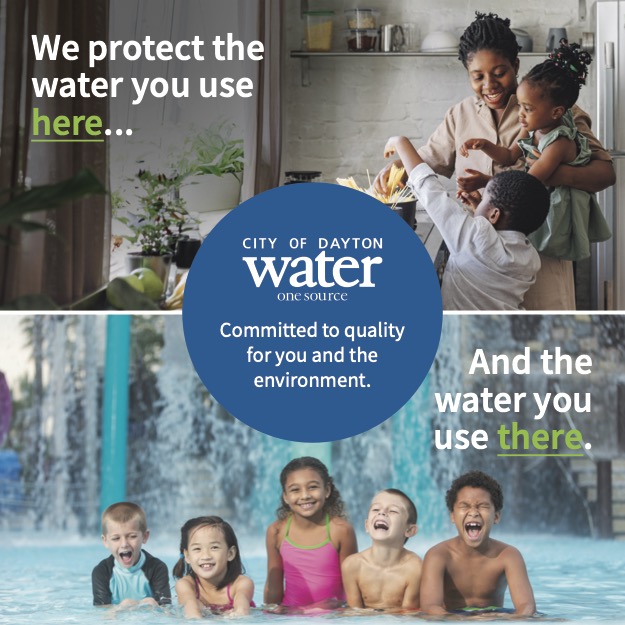 The window will open again for employers to air out their choice of Managed Care Organizations (MCOs), the entities that manage the claim filing and medical treatment of their employees injured on the job.
The window will open again for employers to air out their choice of Managed Care Organizations (MCOs), the entities that manage the claim filing and medical treatment of their employees injured on the job.
This time around—it happens once every two years—Open Enrollment will last from May 2-27. It marks the only time MCOs can pitch their services to employers and virtually the only time employers may switch MCOs during the interim two years between enrollment periods.
It’s all part of the plan for workers’ compensation in Ohio. The Ohio Bureau of Workers’ Compensation (BWC) partners with a network of 15 MCOs that assist in the delivery of care to Ohioans who are injured on the job, says Melissa Vince, public relations manager for the Ohio BWC.
Open enrollment gives employers the opportunity to choose an MCO that fits their needs and will help their injured workers receive the treatment they need to get back to work as safely and quickly as possible.
Every state has its own laws and programs regarding workers’ comp, and in Ohio employers are required to provide coverage to employees in the event of a workplace injury, says Andrea Kiener, director of client programs for Sheakley UniComp .
Ohio is one of the few monopolistic states for workers’ compensation, meaning it’s the sole provider of workers’ compensation insurance, although some larger employers do self-insure. Three other states—Wyoming, North Dakota and Washington—have agencies similar to the Ohio BWC that provide coverage to all employers, while other states allow competition from private insurance companies.
As the sole provider of workers’ compensation insurance for the state’s employers, the BWC provides coverage to more than 200,000 customers who aren’t self-insured.
“Our mission at BWC is to protect Ohio’s workers and employers through the prevention, care and management of workplace injuries and illnesses at fair rates,” Vince says. “Our job is to ensure workers injured on the job receive the medical treatment necessary to recover and return to work, and to make sure they receive fair compensation during that recovery.”
More than 93,000 new claims were allowed in 2016’s fiscal year, and the BWC paid approximately $1.6 billion in wage loss and medical benefits, Vince says.
The BWC’s operations are funded through premiums and assessments charged to all employers. All employers that pay into the state fund are required to have an MCO to manage their worker’s compensation claims, and all employers in the state have to abide by BWC coverage requirements.
But apart from following the mandates, paying close attention to who their MCO is and the job they are doing in that role just makes good business sense for employers, given the costs of workplace injuries—in claims and in employees’ lost time on the job.
“The BWC encourages employers to carefully consider their options as there are few decisions more vital to a company’s success than those that directly impact the health and safety of their workforce,” Vince says.
To help employers choose their MCOs, Ohio’s BWC provides a report card that measures certain performance and service levels on all MCOs.
“The report card should help you feel confident that each MCO meets BWC requirements, but actually has little impact on your MCO decision,” Kiener says. “A better way to compare MCOs is to ask each MCO what they offer that no one else can. All MCOs must meet the BWC’s standard for care; however, staffing, programs, networks and special reports (MCOs produce for their clients) vary greatly by MCO.”
It behooves employers, whether new or established, to investigate their choices or to evaluate the job their current MCO is doing in managing claim filing, medical treatment and helping hurt employees with their recovery and return-to-work programs.
“It’s important to note MCO services are included in their (employers’) premium payment to the BWC, so the BWC pays the appropriate MCO, “Kiener adds. “This means that service fees are not a factor in the decision-making process.”
Every new employer in the state has 30 days to choose an MCO after receiving their BWC New Employer Kit, or  the BWC may assign one to them. The two-year cycle between Open Enrollments generally gives MCOs time to prove themselves.
the BWC may assign one to them. The two-year cycle between Open Enrollments generally gives MCOs time to prove themselves.
Kiener believes it’s worth it for employers to use this Open Enrollment time well, asking questions like what are your value-added products and services you provide to injured workers and their employers?
“At Sheakley UniComp, we add value by offering more than the mandated requirements set forth on Managed Care Organizations by the Bureau of Workers’ Compensation,” Kiener says. “For example, we offer savings through our network discounts, providing deeper discounts than the BWC network, and giving our injured workers convenient, cost-saving referral options in their local areas.”
Sheakley UniComp has a vast network of providers in Ohio through HealthSmart and Three Rivers Provider networks, as well as a team dedicated to researching and creating UniComp Direct preferred provider relationships.
“These providers are Ohio BWC-certified, with excellent reputations of providing top-notch service to injured workers. At Sheakley UniComp, we’ve worked to forge a strong relationship with these doctors and facilities in order to have the outcomes needed to get injured workers back to work in a safe and timely manner. We make it a priority to keep costs lower for our BWC system as a whole,” says Kiener.



